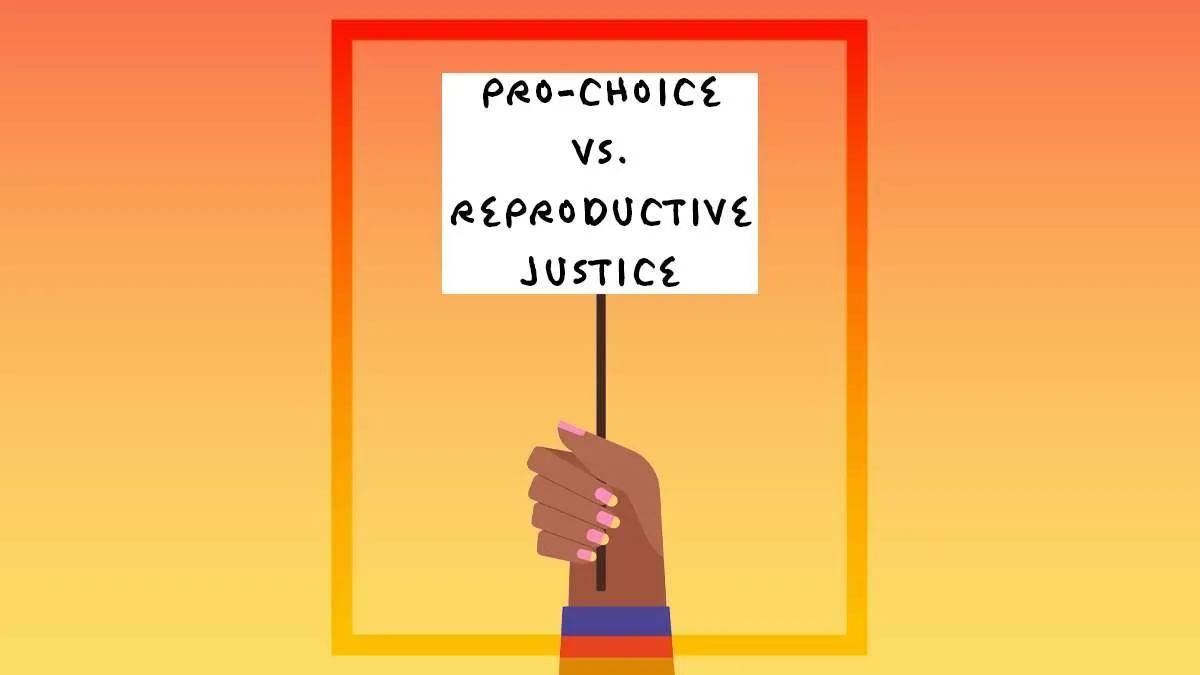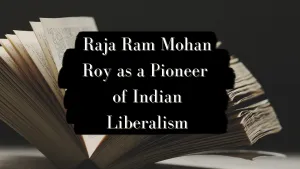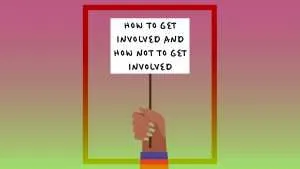Editorial Note: This blog series offers accessible explainers on reproductive health, policy, politics, and social movements. Each post focuses on one aspect of reproductive health and provides an overview of the history, current conversations, and research on the topic. This article is on the topic of reproductive justice vs pro-choice.
From the author: From environmental movements to the criminal legal system to new age instagram, reproductive health and politics covers a lot of ground! It is a full time job staying up to date and I should know because it’s my full-time job! I know not everyone can spend hours a week reading up on reproductive health, so I’ll boil it down to 800 words or less so you can get and stay in the repro know.
Get in the Repro Know: Reading List
- Zakiya Luna: Reproductive Rights as Human Rights
- Leslie Reagan: When Abortion Was a Crime
- Dorothy Roberts: Killing the Black Body, Shattered Bonds, Torn Apart, Fatal Inventions
- Suzanne Staggenborg: The Pro-Choice Movement
- Patricia Zavella: The Movement for Reproductive Justice
- Collective works of Loretta Ross
- Collective works of Wagatwe Wanjuki
What’s in a Name? Pro-Choice vs Reproductive Justice
Following the Dobbs decision which overruled Roe (and Casey), the slogan “pro-choice” has appearred everywhere: T-shirts, profile pictures, dating apps, onesies, bill boards, and coffee mugs. One place in particular I noticed them: At rallies after the Dobbs decision was leaked. Pro-choice refers to supporting the right of a pregnant person to choose to continue or end their pregnancy; in short the right to choose to have an abortion. So, why am I so hung up on the word “choose?”
Pro-Choice Framing
In sociology, frames are the themes, stories, and symbols we use to make sense of the world and organize ideas. Social movements use framing to connect with their audiences and mobilize supporters. So while it may sound like just semantics, the frames we use matter. Who they include and, in this case, who they exclude are part of their narratives. Many Americans are rallying around “the right to choose” as abortion access is threatened; however, some very notable groups are rejecting that framing: reproductive justice advocates.
Reproductive justice activists, as opposed to pro-choice, abortion rights, or reproductive rights activists, view reproductive health issues as part of a larger struggle for racial and gender liberation. They view abortion as one component of reproduction but not the sole or even most pressing issue. “Choice” framing relies on a neoliberal, or market-based, approach to reproductive health while “justice” frames embraced a community-based and human rights approach.
Reproductive justice calls for an overhaul of overlapping oppressive systems and is a distinct movement from reproductive rights. While choice, rights, and justice organizations do collaborate and often share the same goals (like securing abortion access) there are meaningful differences in movement ideologies.
What is Reproductive Justice?
“Reproductive Justice” coined in the 1990s by POC activists (particularly Black women organizers), refers to:
- the right to have children
- the right NOT to have children
- the right to parent children in a safe environment
Reproductive Justice organizations take a holistic approach to reproductive health and while they engage informal politics they also develop networks and institutions outside of the political and legal systems.
Reproductive Rights organizations often focus on abortion but increasingly work on other reproductive health issues. They are focused on securing legal rights and working within formal politics. They primarily engage with formal legal and political institutions. Reproductive Choice organizations are typically focused solely on abortion access through legal action. These underlying ideologies and approaches to abortion manifest in how these organizations frame issues.
Reproductive Justice Advocates
Reproductive Justice advocates pointed out a major flaw in “choice” framing: many pregnant people are not in a position to make choices. They may lack the financial, material, and social resources to “choose” abortion. Choice without access is no real choice at all.
Pregnant people who cannot afford to take off work or travel out of state do not have a meaningful choice. Removing legal penalties for having an abortion did very little for poor and working class POC in need of abortion care. Without federal and state coverage/assistance of abortion care (the Hyde Amendment removes abortion from federally funded healthcare plans), many low income pregnant people were forced to rely on illegal and unsafe abortions despite the Roe decision.
Cases like that of Rosie Jimenez, a 27 year old Latina who was denied insurance coverage and died after receiving an illegal abortion in 1977, highlight the limitations of Roe and “choice.”
Reproductive Justice Prior to Dobbs
Prior to the Dobbs decision, many reproductive health and reproductive rights groups began adopting reproductive justice language (whether they adopted reproductive justice ideologies is a subject for another post). In 2020, NARAL and Planned Parenthood both made commitments to marginalized communities to better represent and advocate for POC.
Large reproductive health organizations recently acknowledged the work of Black activists as foundational to reproductive health and pledged to respond to their criticisms. The move away from choice framing was the result of decades worth of POC organizing and pressure from reproductive justice activists.
After mounting pressure to acknowledge the intersections of race, class, and gender that limit the usefulness of choice framing, it seems—anecdotally at least—that the overturning of Roe triggered a resurgence of “pro-choice” as the dominant frame in reproductive health.
This is crucial as the gains Black activists made with predominantly white organizations seemed to disappear when the choices of the most privileged were threatened. In the aftermath of Dobbs, predominantly white organizations turned to rallying for “pro-choice” candidates for the mid term elections in November (months away), while POC led reproductive justice organizations immediately provided infrastructure and networks to ensure uninterrupted care.
Moving Forward
In the 1970s the “choice” framing only captured the experiences of people with options who were overwhelmingly affluent, cis gender, white women. Fifty years later we are faced with, pardon the pun, a choice: Learn from the past and the experiences of POC activists or repeat exclusionary frames that ultimately failed to secure reproductive rights in the long term.








